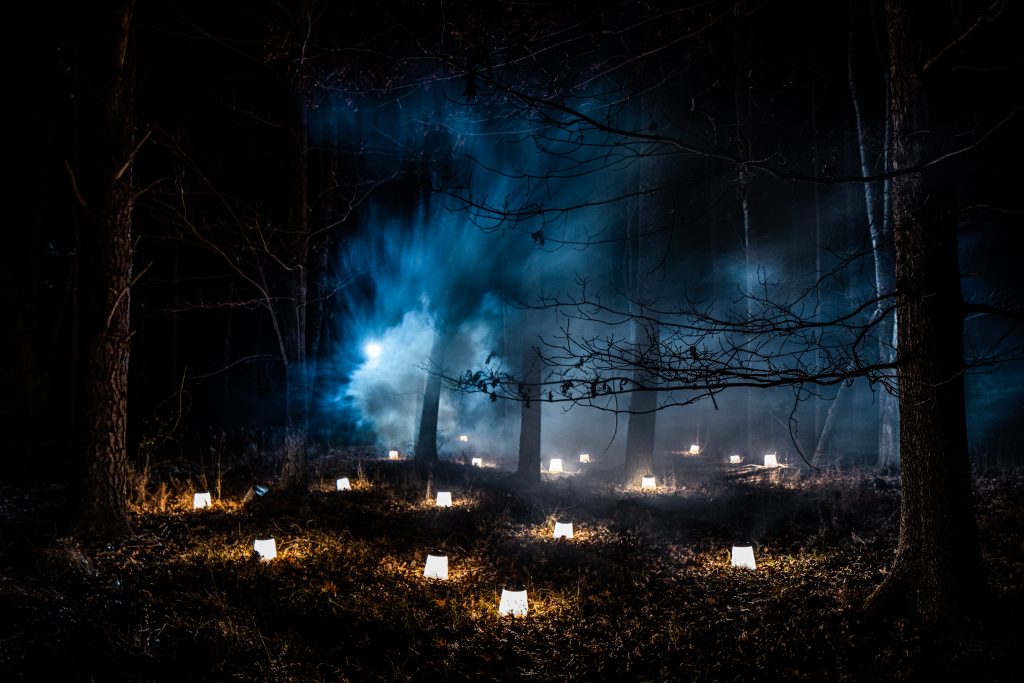David Weeks
The designer debuts rugs and his latest lighting collection

For the last few months, new work by designer David Weeks have been on display at the Ralph Pucci showroom in New York. In addition to his latest lighting series, the new pieces include his first collection of carpets, created with renowned rug maker Christopher Farr. To conceive of the carpets’ patterns, Weeks focused on the shapes that have become integral to his design practice, using collaged, overlapped silhouettes from his Boi and Sarus lighting series.
At first, however, Weeks found the work of translating the 3D shapes of his furniture to a 2D surface a bit of a challenge. “Having studied painting was very advantageous for the process,” Weeks says, “but at the same time, painting is so immediate. You’re making decisions right there on the fly. But to construct a pattern and a palette and to know that that’s going to work in everyone’s home or as many homes as possible was definitely a different scenario.”
Weeks selected the rugs’ rich colors from landscapes by the mid-century American painter Richard Diebenkorn. The 10′ by 13′ hand tufted carpets are hand dyed, a process that allows for slight color variations, enhancing the depth already inherent in the patterns. “They were definitely the hit of the show,” Weeks says, “which is nice, because you want the lighting to hit, but everyone’s sort of already aware of the lighting.”
Like the Hindu god Brahmah, who continuously recites religious verse from each of his four faces, the pieces in Weeks’ new Brahmah lighting collection are made up of identical “faces” that radiate from the center, balanced by counterweights on either side. The largest piece of the collection is the Brahmah Chandelier, which is made up of three 95-inch tiers.
Each time Weeks creates a new lighting collection, he challenges himself to make use a different existing metal manufacturing process. Past shades have been formed through spinning, laser cutting and stamping. The wing-like Brahmah shades are made from extruded aluminum. Used to make metal pieces like bumpers and window frames and food products like pasta, the extrusion process involves pushing material through a die. The result is an object with a perfect cross-section profile and, in the case of metal, an excellent surface finish. For future collections, Weeks, who in recent years has also produced a series of popular toys, is exploring ways to incorporate new technology into his pieces.
Explore Weeks’ complete collection on his website.
Photos courtesy of David Weeks












